Aim
To put together a comparative real world test for different digital and analogue radio mic systems, whilst keeping as many variables as possible constant. With thanks to Audio Dept for providing equipment and a place to test it.
Method
A recorder (Sound Devices 688) was placed in a static position and connected to various radio microphone receivers using balanced analogue connections. Antennas were attached to a Lectrosonics D2 receiver and RF loop out cables with 50ohm BNC to SMA connectors to any other receivers in turn.
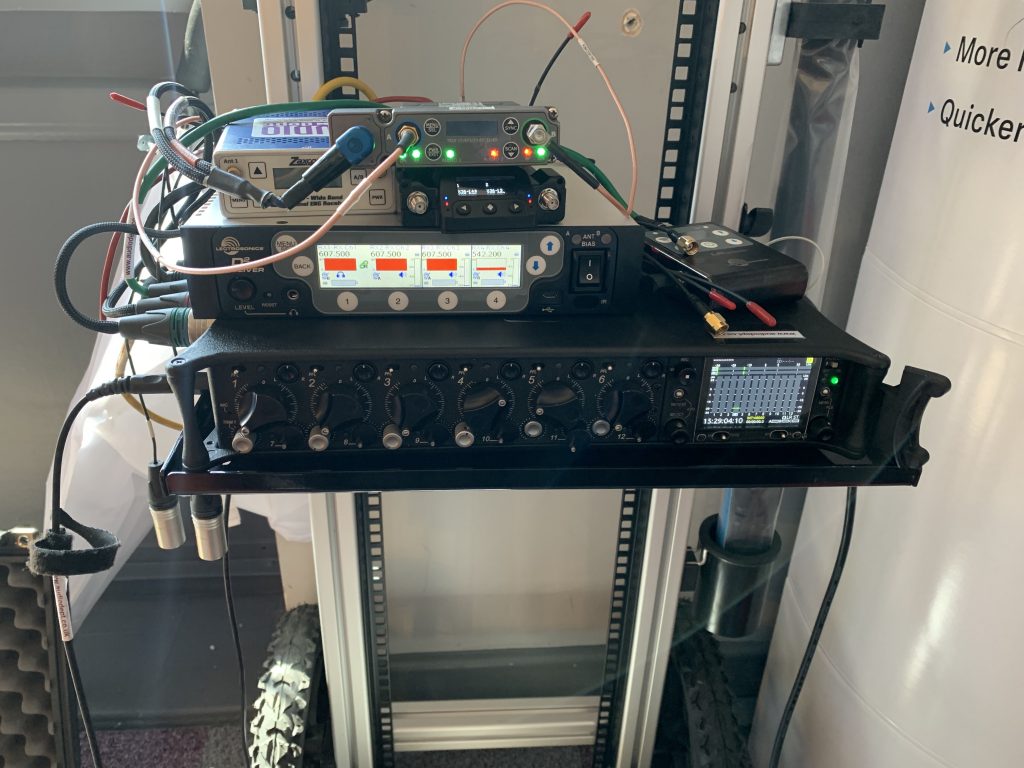
All receivers and transmitters were tuned to 607.500MHz (this was a clean frequency on the D2 scan, and covered under the shared license) and only turned on for the duration of their walk test. The Lectrosonics D2 remained powered up throughout for antenna distribution as the antennas remained attached.
For each test the transmitter was put in my left pocket and a bare sanken cos11 microphone was attached to the transmitter and a comparable gain level was set (different on all transmitters). The microphone was held in front of me at chest level (not clipped on). All transmitters were set to 50mW.
I walked out of the door (the recorder was next to it), past some vans in the car park to the gate, turning right by a brick wall and getting to a junction and then walked back along the same route.
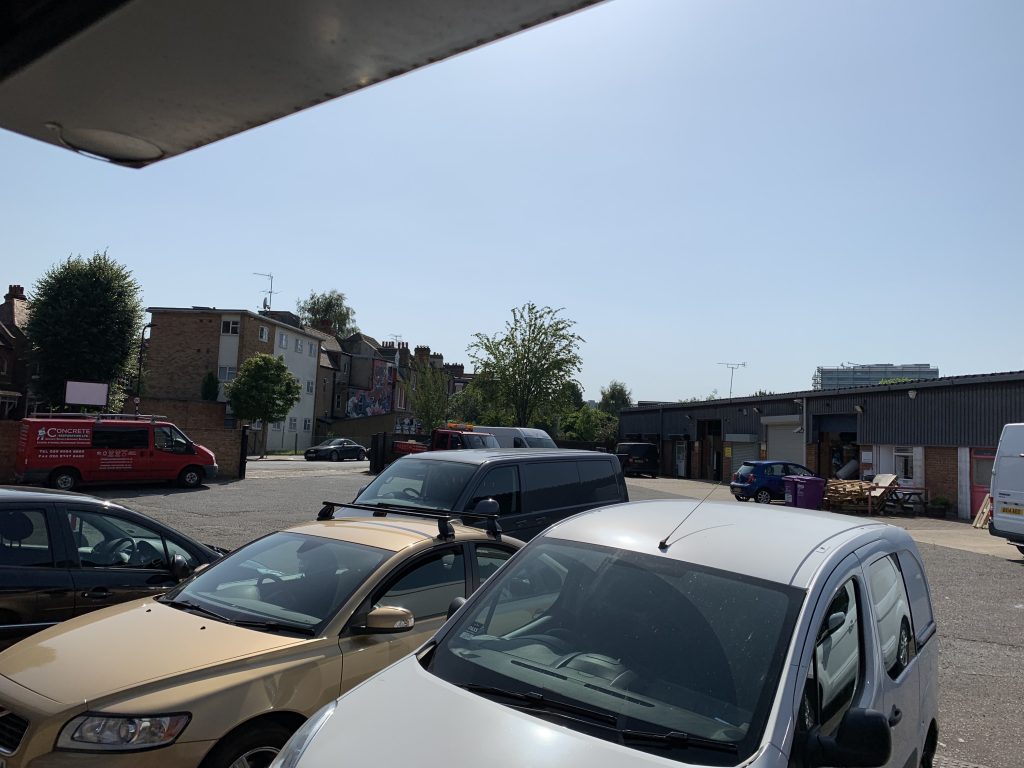
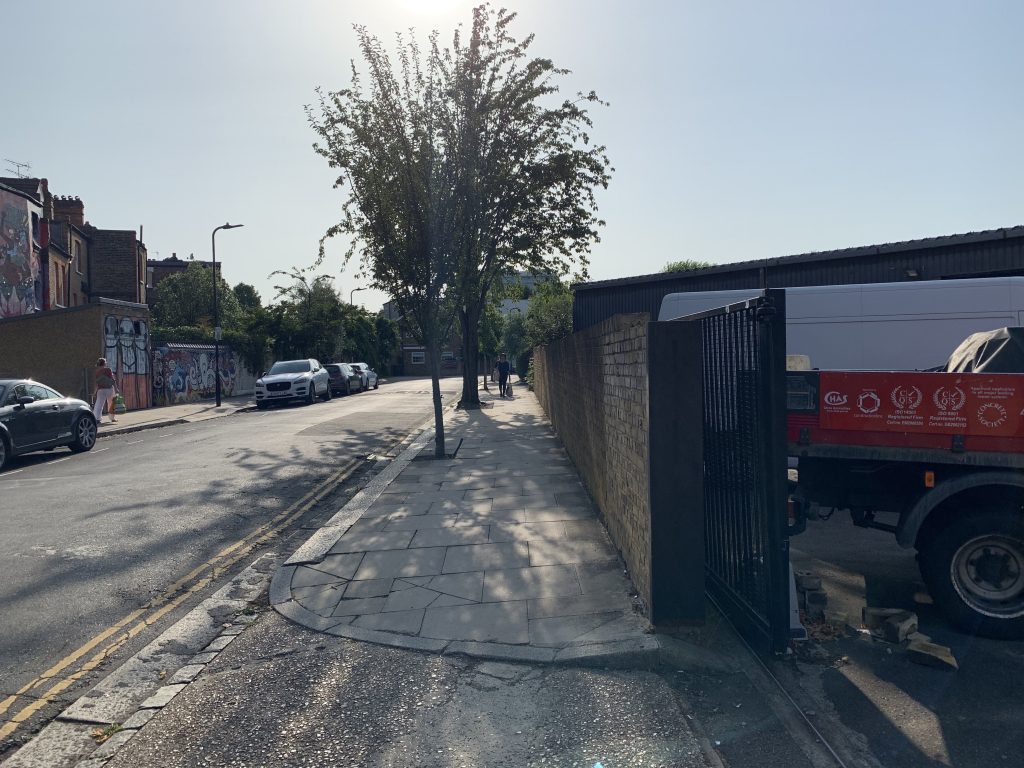
While running the test I would count out paces, 40 to the gate and 100 to the corner and count on the return journey.
The Wisycom MCR42 was set to 0dBV squelch, none of the other systems had an option to adjust this.
If there were any instances of multiple receivers being able to receive the same signal, then I would use them simultaneously (in the case of Lectrosonics D2 and Lectrosonics LR receivers with an LT transmitter).
I did originally intend on using a Lectrosonics SMDB transmitter and UCR411a receiver alongside the D2 in digital hybrid mode, but unfortunately couldn’t get it to receive either SMDB or SMB transmitters in block 606.
Results
It’s a bit difficult to put these together objectively from listening to the files – especially comparing both digital and analogue systems with different settings. Different systems break up in different ways. I’m going to attempt to describe what happened on each test.
Lectrosonics LT with D2 receiver
Some pops at 26 paces, shash at 43 (behind the wall). ‘Shash’ and major dropouts to 70m when the signal dropped. Returned at 68 paces on the way back relatively clear until it got worse at 55 paces. Reasonably good again from 43paces back, but a couple of instances of ‘raised noise floor’ and low level pops.
Lectrosonics LT with LR receiver
This test is done on the same run as the LT with the D2 receiver. Single pop at 35paces, clean til 43 when shash comes in. Clicky and shashy all the way to 100paces (end of test) and loses signal when turning around, however intelligibility remains. Signal comes back at 84, but is fairly unusable until 65-55 where it’s good with a few pops- then interference comes back until 44 where it’s clean until the end
Lectrosonics DBu with D2 Receiver
This is Lectrosonics’ new digital system, dropouts on this seem to have a ‘thump’ quality to them, in that they have a low frequency element to them when they drop off, rather than the ‘blip’ from Zaxcom and Sony digital systems and may be easier to work with in post. In fact, a single dropout seemed to keep dialogue intact over the top.
In the test we got our first dropouts at 36 and 38 paces. Signal was relatively clean until 43 paces (round the wall) and then became unintelligible from dropouts apart from the odd number. Signal comes back at 70 paces on the way back and remains relatively intelligible with some dropouts until the gate at 40 when it’s clean again til returning
Zaxcom Mono-XR
Zaxcom have a number of different digital modulations which will work on their transmitters and receivers. The first I’m testing is ‘Mono-XR’, their ‘long range’ modulation. Got to 45 paces before a blip, then unintelligible until 55-60 which is intelligible, then it’s basically gone. On the way back 74-68 is intelligible, then unintelligible until 41 and it’s then clean all the way back
Zaxcom ZHD96
This is one of Zaxcom’s modulations designed for lower bandwidth and squeezing more channels into a smaller space. They also recommend this for using in more reflective environments. First dropout was at 46 and 50-55 is lost, but remained surprisingly intelligible all the way up to 80. On the way back, the signal’s properly picked up at 78 and remains intelligible until 46 where it’s clean all the way to the end
Audio Ltd A10
I’m not completely sure we had a fair test with this one, although we had vehicles coming in and out of the car park throughout the day- there was a van pulled up in the gate entrance by the time I did this test, and I’m sure it was putting out a fair bit of RF.
On this run it was clean until 25 paces when some lower level dropouts started. Made it to the gate at 40, but unintelligible by 41. Coming back 69-60 was intelligible, bigger dropouts from 59-41, then clean from 40 til the end.
Sennheiser SK5212 and Wisycom MCR42
Here the Wisycom MCR42 was put in SEN emulation mode to receive the Sennheiser SK5212 transmitter. Heading out had a single splat at 31 paces, then clean all the way to 49 paces. At 53 paces there’s quite a lot of shash on the signal, peaking at 100 and subsiding to some minor pops and shash around 85 on the way back, gradually getting less frequent until it stops at 50 on the way back to be clean the rest of the way.
Wisycom ENR
Wisycom use two of their own compander modes- ENR describes as ‘noise optimised’ and ENC described as ‘voice optimised’. This is with an MTP40S transmitter and MCR42 receiver. Single splat at 30 paces and a couple of very minor ones before 40. More pronounced interference at 49 paces, but intermittent and a good amount of useable audio all the way up to 80 paces. Again, mostly good audio with some interference from 89 paces onwards on the way back, but only being totally clean at 40 paces til the end
Wisycom ENC
This is the other Wisycom compander, which seems to work better in situations with more high frequency transients. Here we had a couple of big splats at 29 but generally minor until 49 paces. Was then bad shash until 82 on the way back and then clean again at 40 paces
Graph
I made a graph! It took far too long
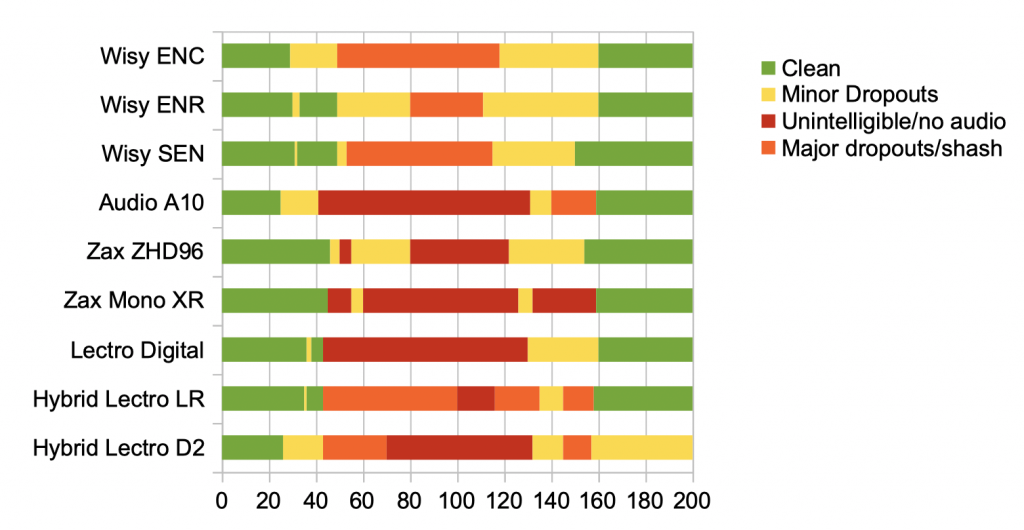
I’ve roughly divided the audio into what I consider clean (green), Minor dropouts (over 95% good audio), Major dropouts/shash (intelligible but not useable audio) and red for either totally unintelligible or no audio. Distance along the bottom is how far along the route, in paces (sorry, not an SI unit) with 100 paces being the furthest point.
Conclusions
I think there are a number of ways you can look at these results. Basically orange is only useful for comms. Yellow could be described as ‘borderline’ range- you don’t want to be there, but you may get what you need. Green is the only truly “in range” area.
It’s also worth noticing that the digital systems don’t really have any orange, and the analogue systems don’t really have red. The analogue systems keep transmitting (noisy and/or distorted) audio, while the digital systems just fall over. All three digital systems seem to fall over in a different way, though- Audio Ltd seem to have a short fade out, Lectrosonics add some low frequency, while Zaxcoms make a ‘blip’ noise. The Lectrosonics method seems to psychoacoustically cover the gap a bit – it’s harder to distinguish it between something like cable movement and a dropout, though.
Range-wise it seems like as far as picking up useable audio is concerned that the Wisycom ENR came up top, however the Wisycom in SEN combined with the Sennheiser transmitter had the highest ‘green’ percentage. The Lectrosonics LR/LT also had a healthy ‘green’ percentage, and although there’s a fair bit of orange on there, it’s mainly from consistently raised noise floor and audio was lost because squelch can’t be disabled. Would be interested in how a SMDB/411 combo works in comparison to this.
On the digital side of things, the biggest surprise for me was the ZHD96 performance. longest run from the start before a dropout and seemed to keep fairly consistent audio up to 80 paces. I actually expected the other zaxcom modulation to do better.
Solid performance from the Lectrosonics digital, especially on the way back. It seems the the way it deals with the odd dropout is good, but once you get quite a few it’s mush.
It’s also interesting how the D2 dealt with hybrid and digital signals differently, it didn’t do as well as the LR, but it seemed to work in some places where the digital receiver didn’t.
I’m also not sure the A10 got a fair run out here, I think this test may not have worked to its strengths and I’ve heard there are significant performance increases with a recent firmware update, which wasn’t installed.
Further tests
Don’t take this as the be-all and end-all. It’s just one test and probably do with being repeated and may have different results even in the same place on a different day. It wasn’t in a stable RF environment and with the amount of obstacles and metal around was very challenging. It also only tested one transmitter, things could get very different with a bunch of them out, for both analogue and digital systems.
This also doesn’t take into account sound or features, which may both be more important to some users.
If anyone really wants to listen to me counting in a car park, I can send over the recordings (and hide track IDs for blind comparison)
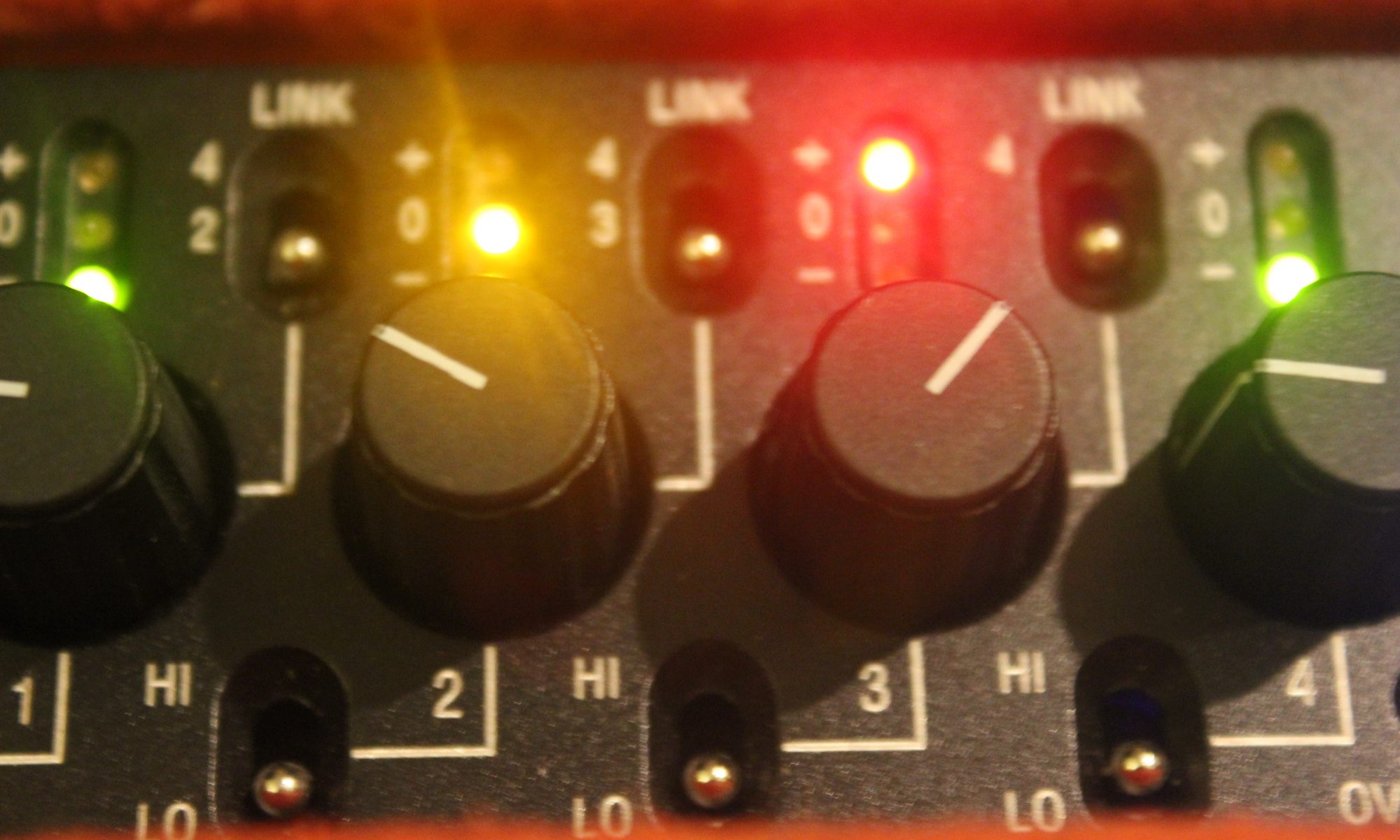
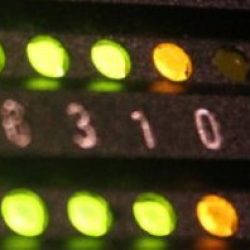
Where were your transmitters placed on the body? Was the test all line of sight—transmitter to receiver? Shark fun antennas or whip antennas?
Good job!
Transmitters were placed on the back, so weren’t blocked while walking away. There was a wall past some of the route and some buildings/vehicles, so it was quite a challenging setup. I’ve used the Audio Ltd system since they changed the modulation and noticed a big improvement in performance, so I expect they’ll now fare a lot better now than they did in this test
Very good. I’m currently using Zaxcom @ ZHD96 for my European project. Pretty good, but not perfect.